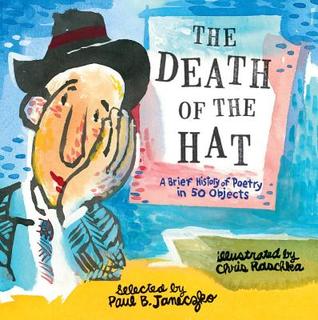I love Donalyn Miller's idea of #Bookaday Challenge. Each summer, she puts out a challenge to herself and to others to read an average of a book-a-day over the summer. I know I read a lot, but I also know that many of my teacher friends read far more than I do. And summer is a good time for me to catch up. This summer was a busy one so I knew lots of my books would be short reads. I counted the days of summer and set my goal for 82 books. I met that goal easily once I got started. Last week, I was at 99 books. (For the most recent list, you can check out my goodreads account.) Here is how my numbers ended up last time I checked:
57 Picture Books
2 Wordless Picture Books
1 Poetry Books
16 Middle Grade Novels
2 Young Adult Novels
2 Adult Novels
16 Nonfiction Children's Books
3 Graphic Novels
Since Donalyn started this challenge years ago, I have realized how important summer and vacation reading are to me as a teacher and a reader. That extra time to read is critical and it takes far less time every day than I imagine it will. Setting a goal of a book each day was overwhelming at first but I've discovered that it is very doable. I have used the library lots and I spent many mornings reading a stack of new picture books. It doesn't take long to get through a stack of picture books and discover a few gems. At the end of this summer #bookaday, I am reminded again of how important it is for me to read and keep up with new books, I believe strongly in the power of Teacher as Reader and always have. I need to be a reader myself in order to teach reading, but I also need to read lots of children's books so that I have a menu of books to share with students each year. (Lucky for me, I LOVE reading children's books as I believe they are the best books out there!) As I choose books and share books with students, I know that knowing 99 more books will help me be a better teacher. It is probably the most important work I do each summer.
Even with all of this summer reading, I still have a huge TBR stack. Seems like the more I read, the more I want to read! But I have so many more possibilities when I make choices about books to share with students in read aloud, mini lessons, conferences and small groups. I can't imagine going into the year without all these new titles in my head.
Some highlights from my summer #bookaday that I haven't blogged much about already:
Picture Books
Little Elliot, Big Family (coming October 6!)
Early Chapter Book
Nonfiction
Middle Grade Novels
Graphic Novel







































